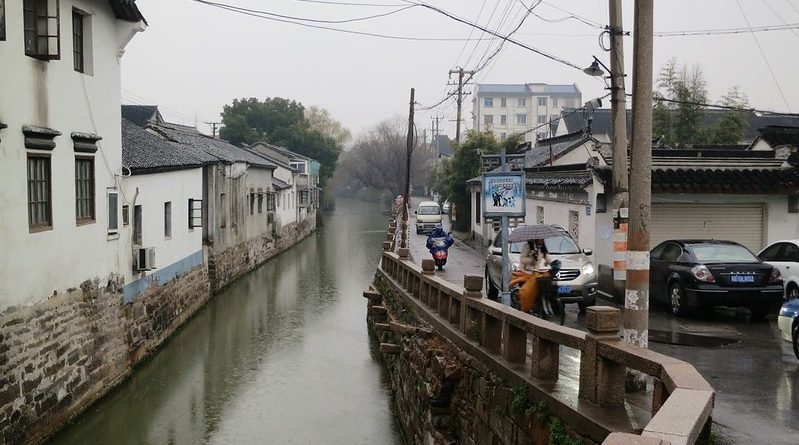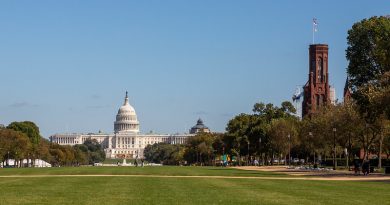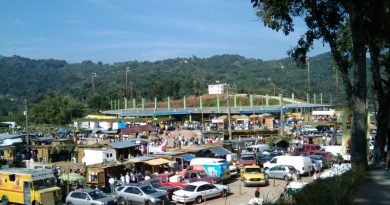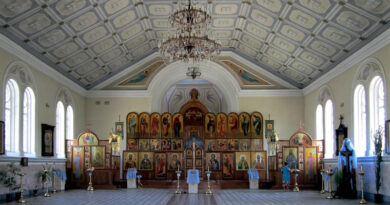Suzhou: Silk City
After the completion of the Grand Canal during the Sui Dynasty, Suzhou found itself as one of the major trading centres of world. As a result of all the wealth being poured into the city, by the 12th century Suzhou had established itself as the leader in silk production and hundreds of gardens were built to serve as private retreats for the new wealthy upper class.
Suzhou is now known as the “City of Gardens” which tops all others in both number and artistry of the gardens themselves. There were once over 200 green retreats in the city, and 69 of them are still in good preservation today.
The Garden of the Master of the Nets is the most exquisite and best-preserved garden in the residential estates of the city. The garden originated from the owners desire to retreat from the strife of official duty and to shut out the happenings of the outside world. Taoist philosophy underlies the theme of the garden with hills, water, trees, flowers, terraces and pavilions constituting the basic elements. The colours of the roof tiles, wall bricks and wood construction together with the use of space between the basic elements creates the tonal harmony and establishes the unity of the garden as a whole.
The numerous Venice like canals of Suzhou were once used to transport silk to the capital Beijing, which pushed silk production to its height in order to support the demands of the imperial court, officials, gentry, wealthy citizens and the increasing popularity of silk abroad. Silk was seen as a virtual currency and the process of silk production was such a heavily guarded secret that anyone caught exporting the worm would be put to death. Silk is still manufactured here today and the largest factory in town offers tours every morning.




